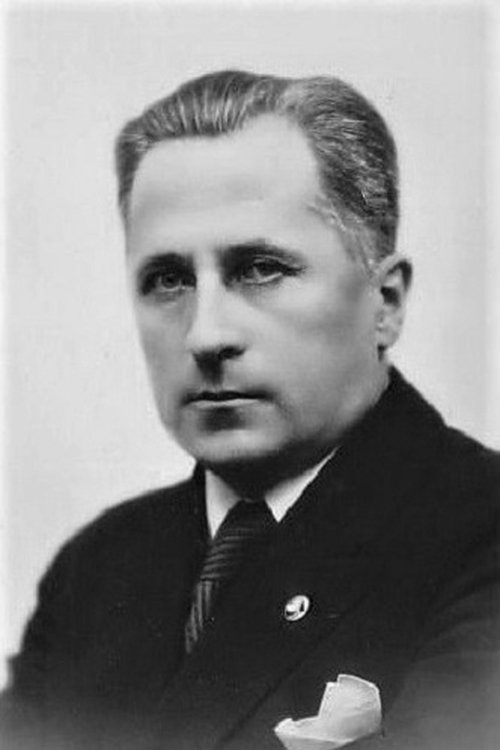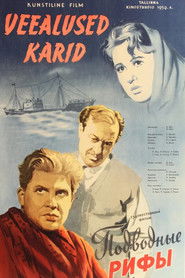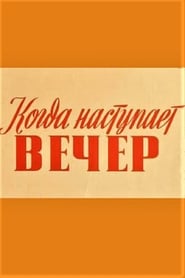detail profile karl ots

Karl Ots
Карл Отс
atau dikenal sebagai
Riwayat Hidup
Estonian opera singer (tenor).
People's Artist of the Estonian SSR (1957).
In 1918 he graduated from the Petrograd National Conservatory (teacher of the Sea), after which he improved in Italy.
He returned to St.
Petersburg, where he and his wife Lydia Alexandrovna Ots (name at birth Wijholm) (1898-1988) on March 21, 1920, son George was born.
Six months later, in the autumn of 1920, the family moved to Estonia.
He spent the rest of his life in Tallinn.
Since 1920, the artist of the choir, then the soloist of the Opera and Ballet Theater "Estonia".
At first he performed baritone parts: "Faust" - Valentin, "Seville Barber" - Figaro.
C 1922 - tenor parts: Tchaikovsky's "Queen of Spades" - German, "Aida" J.
Verdi - Radames, Wagner's Lohengrin - Lohengrin, 1928 - "The Vikings" Lava - Hulot (first performer), 1949 - Ernesaks "Stormshore" - Saare Johan (first performer), "Kaupo" A.
Vedro - Kaupo.
Info Pribadi
Peran Yang Di Mainkan Karl Ots
 Tnis Hoopkaup is the head of...
Tnis Hoopkaup is the head of...Underwater Reefs 1959
Tõnis Hoopkaup is the head of a fishing collective in Tagaranna, a village on the Estonian island of Saaremaa. On the day of his wedding to fishing engineer Riina, he receives two important presents – a new trawling net, which he hopes will help him sail past rival collectives, and a cigarette case with an anchor on it. The case reminds him of his soaring pre-war dreams, when he was in love with the daughter of the most powerful man in Tagaranna. But her hard-hearted father put paid to their wedding plans. Now the bookkeeper Lauer has moved into the old house with his sister Lidia, and Tõnis wants to get close to her, as close as he once was with his great love … The personal and professional misconduct of a functionary who risks foundering morals is at the centre of love triangle drama featuring a wealth of local colour and complex characters.

